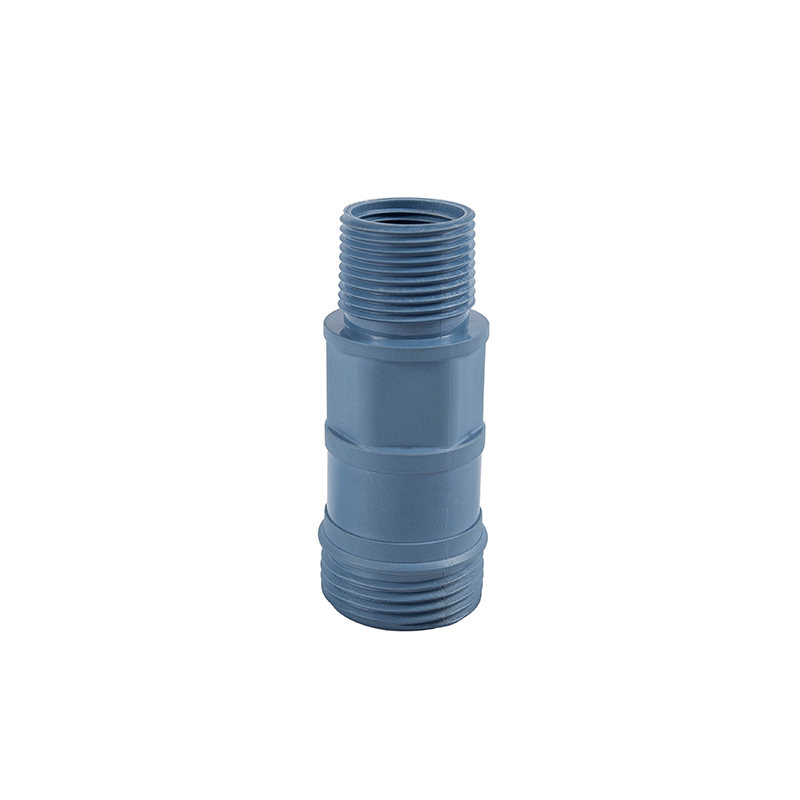What Are Injection Molding Accessories For Other Industries?
Dec 24,2025Molding Accessories: Decoding the Critical Technology of Electrical Plastic Injection Molding Accessories
Dec 17,2025What Are Automotive Plastic Injection Molding Parts?
Dec 10,2025What Are Medical Plastic Injection Molding Accessories and Why Are They Critical?
Dec 03,2025Why is Precision Injection Molding Crucial for the Longevity of Handheld Water Quality Testers?
Nov 24,2025In modern society, growing concerns about quality of life and environmental health have made water quality testing instruments—especially compact, portable ones—indispensable tools in both households and industrial settings. These devices need to be highly portable, allowing users to perform quick, accurate measurements anytime, anywhere. Yet, portability does not equate to fragility; on the contrary, they must withstand harsh conditions such as moisture, drops, and even chemical exposure. This seemingly contradictory demand is precisely addressed through injection molding, a core manufacturing technology. Injection molding can precisely inject high-performance plastic materials—like PC, ABS, or their alloys—into molds, creating one-piece casings with complex structures, precise dimensions, and sufficient strength. This method not only reduces production costs and cycles but, more importantly, provides a solid foundation for lightweight design. By leveraging the flexibility of injection molding, designers can optimize internal structures and adjust wall thicknesses to keep casings strong while minimizing weight, delivering an unparalleled portable experience.
The casing of a portable water quality tester is the first line of defense for its internal precision electronics and the interface users directly interact with. Its design and manufacturing quality directly determine the product’s durability and user experience. Injection-molded casings are preferred precisely because they perfectly balance lightweight and ruggedness—two core requirements.
Traditional metal casings, while strong, are heavy, costly, and lack the insulation and corrosion resistance of injection-molded plastics. Injection molding, via precision molds, can integrally form complex shapes with clips, mounting points, and waterproof grooves, reducing subsequent assembly steps and boosting production efficiency. Additionally, adding glass fibers or other reinforcements to the material significantly enhances the mechanical strength and rigidity of the plastic casing, making it resistant to damage from daily drops or impacts. This delicate balance between material and structure allows water quality testers to tackle unexpected challenges with a lightweight build, truly achieving “lightness” without sacrificing “toughness.”

As high-precision measurement tools, water analysis instruments rely on stable performance, accurate results, and long-term reliability—all underpinned by countless precision injection-molded parts. From sensor interfaces and battery compartment covers to button structures and internal frames, high-precision injection molding is indispensable.
For example, the tolerance between the sensor and casing directly affects the instrument’s waterproof performance; the travel and feel of buttons impact user operation; and the design of internal support structures determines the device’s shock resistance. Even minor dimensional deviations or defects in an injection-molded part can degrade overall performance or cause failure. Thus, manufacturing these precision parts requires strict control over mold design, injection parameters, and material shrinkage rates. This meticulous attention to detail ensures injection-molded parts perfectly meet design requirements, providing a solid physical foundation for water analysis instruments, defining their performance limits, and guaranteeing reliability across applications.
In many scenarios, water quality testing equipment must operate underwater or in high-humidity environments, placing extreme demands on waterproofing. Designing and manufacturing waterproof casings for water quality pens is a major technical challenge for injection molding.
Effective waterproofing goes beyond simply adding gaskets. It requires comprehensive consideration from the mold design stage:
Moreover, selecting plastics with low water absorption and high weather resistance—such as PC or PBT—is critical for maintaining long-term waterproof performance. Innovations in injection molding for this field enable water quality testers to operate confidently in underwater environments, protecting internal circuits and sensors while delivering stable, reliable measurements.
For handheld devices like water quality test pens, lightweight design is not just a performance metric but a key aspect of user experience. A compact, lightweight device reduces fatigue during extended use and enhances operational convenience. Injection molding design is the core driver of this lightweight revolution.
Advanced CAE simulation analysis allows designers to optimize casing structures before mold development:
New materials further enable lightweighting. Modified engineering plastics with lower density but unchanged strength, for example, reduce product weight without sacrificing performance. This ongoing exploration of lightweight design not only boosts product competitiveness but also points the way for future industry development.
In a competitive market, product differentiation is key to success. Standard injection-molded parts, while versatile, often fail to meet personalized needs for appearance, functionality, or special working conditions. This is where custom injection-molded components for water quality pens reveal their deep value.
Customization allows enterprises to design unique casing shapes, colors, and structures based on brand positioning and market demands:
Customization extends beyond aesthetics to functionality:
This collaborative model—going beyond standards to deeply participate in product design and manufacturing—enables enterprises to respond quickly to market changes, launch more competitive products, and gain an edge in fierce competition.
In summary, injection molding is more than a manufacturing process for portable water quality testers—it is the bridge between “lightness” and “toughness.” Through material innovation, precision design, and customization, it empowers these devices to excel in portability, durability, and adaptability, ultimately elevating their role in safeguarding water quality and public health.
Copyright © Suzhou Huanxin Precision Molding Co., Ltd. All Rights Reserved. Custom Plastic Injection Molding Supplier


